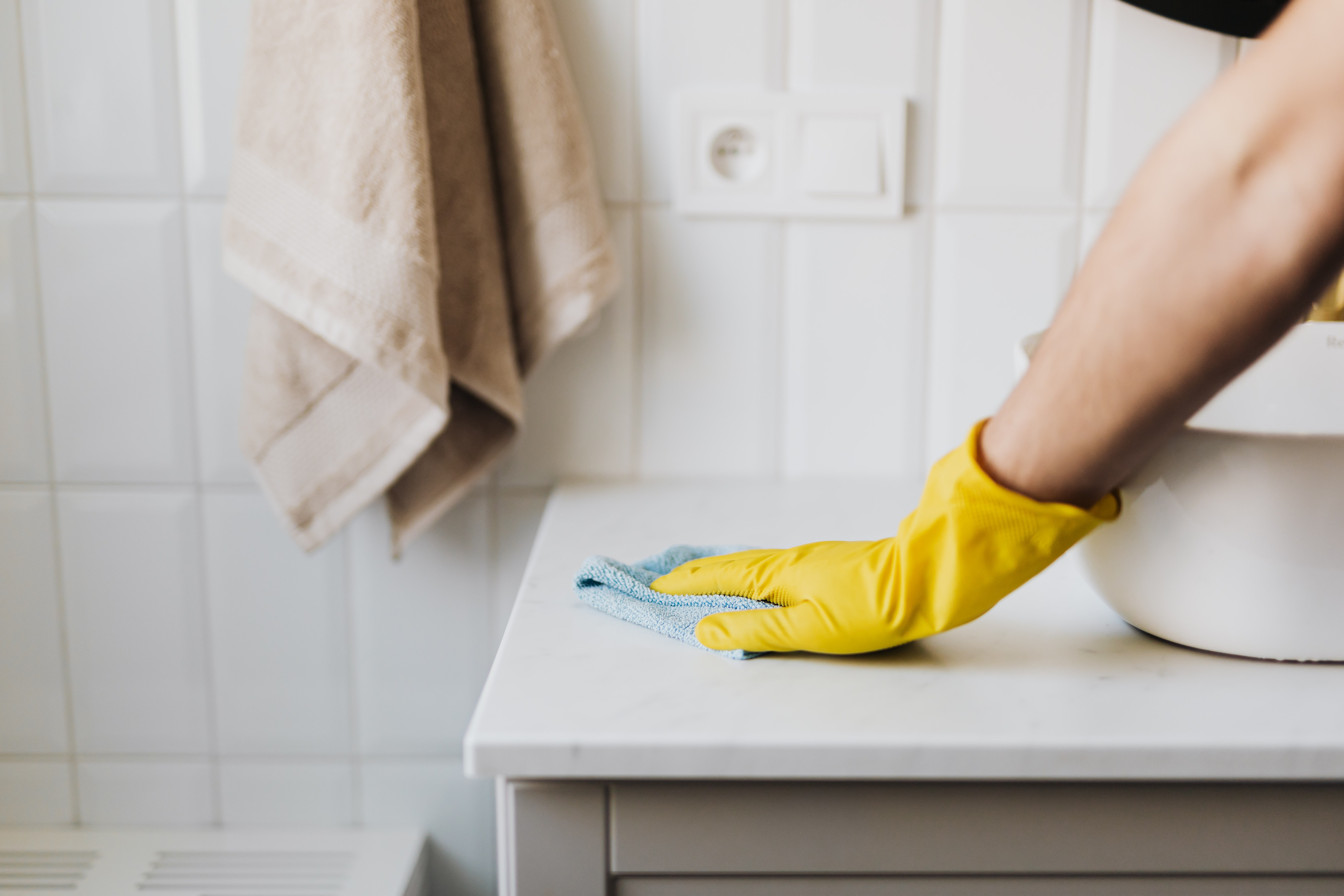Bathroom hygiene and hotspots
Are toilet bowls a germ hotspot? We all know toilet bowls are likely to contain bacteria and other germs. We tend to clean them with specialist toilet cleaners to remove stains and limescale, but these pose little threat to our health. Bacteria, on the other hand, is what we should worry about, as they are more likely to spread to other areas. And the key spreader of these germs? Our hands, and everything they touch…
For good bathroom hygiene, make sure to pay particular attention to the bathroom germ hotspots:
Top 3 Bathroom germ hotspots
1. Hand contact surfaces
Commonly touched surfaces such as the toilet flush, toilet seats, bathroom taps, doorknobs, and waste bins may all become contaminated during normal use of the bathroom. If you have a little one who is just discovering the fun of running taps and flushing toilets, good hygiene is even more important. Regularly clean to remove grease, grime and dirt. Also, disinfect frequently touched surfaces using an antibacterial cleaner like Dettol Power & Pure bathroom spray which powerfully cleans and disinfects without harsh chemical residues.
2. Cloths/Sponges
Bathroom cleaning cloths and bathing sponges can house germs if they remain damp. Regularly decontaminate re-usable cloths, flannels, and sponges by laundering them separately on a hot wash (greater than 60°C), or by soaking them in a solution of Dettol disinfectant Liquid
3. Personal Hygiene Items
Personal use items such as toothbrushes and nailbrushes can become contaminated and consequently act as a source of germs. Store these items where germs are unlikely to splash onto them, and after use rinse them thoroughly under running water and dry rapidly.
Don’t forget to wash your hands
Your hands are one of the most important causes of cross-contamination and cross-infection in the home. Be sure to wash them with soap and clean water after using the toilet.
